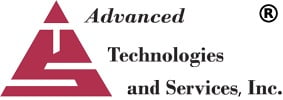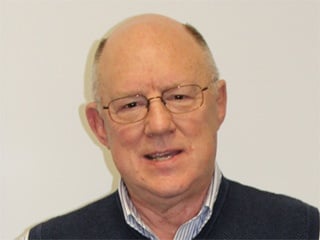It is apparent that in the new world regime of Bill & Keep of interstate terminating switched access charges there are still many reasons why the Local Exchange Carriers (LECs) providing interstate terminating switched access must record, summarize and report calls and associated conversation Minutes of Use (MOU) of this type.
Both dominant and non-dominant LECs must still file tariffs and accumulate and report usage in a prescribed manner, especially if a LEC intends to utilize Access Recovery Charge (ARC) and Connect America Fund provisions to recover any losses they experience in terminating interstate switched access charges by moving to the new pricing regime.
This reality underscores the need for ongoing maintenance of existing switched usage recording and storage procedures put in place decades ago to accomplish accurate billing and collection of accounts receivable.
So while the rates for terminating interstate switched access usage are trending to zero, the need to keep doing all of the things that have been done for years remains to be addressed and satisfied.
In addition, originating interstate switched access charges are not going away in the immediate future.
As a result, new technology that involves the maximum use of cloud computing, processing and storage to contain expenses is ever more important as a way to maximize cost control and overall profit.
We are beginning to understand that the mountain of data that must be managed by LECs is a source of valuable information in this environment cannot be accomplished through brute-force batch processing on a monthly basis.
Instead, near real-time assimilation of usage statistics into a concentrated plan to get ahead of the competition is a must. The types of usage are legion and each has its own characteristics and quirks that must be digested and built into a corporate solution that cannot be shoe-horned into a one-size fits all approach.
All of this would have been totally impossible ten years ago but today this is not the case.
We are doing what needs to be done without building massive data centers containing many floors of huge data servers at a fraction of the cost it would have taken in years past.
Even small firms can harness the power of cloud technology in a way that can serve all of their internal and external users’ needs for information and support.
For an old-timer like myself this is an exciting time that can provide capabilities and capacities to solve issues and problems that were always seen as beyond the scope of reality.
The promise of Bill & Keep is not as sanguine as a free ride. Rather, it is obvious to me that it is yet another opportunity to prove how much we can succeed in meshing our past experience with the promise of the future of cloud technology.

